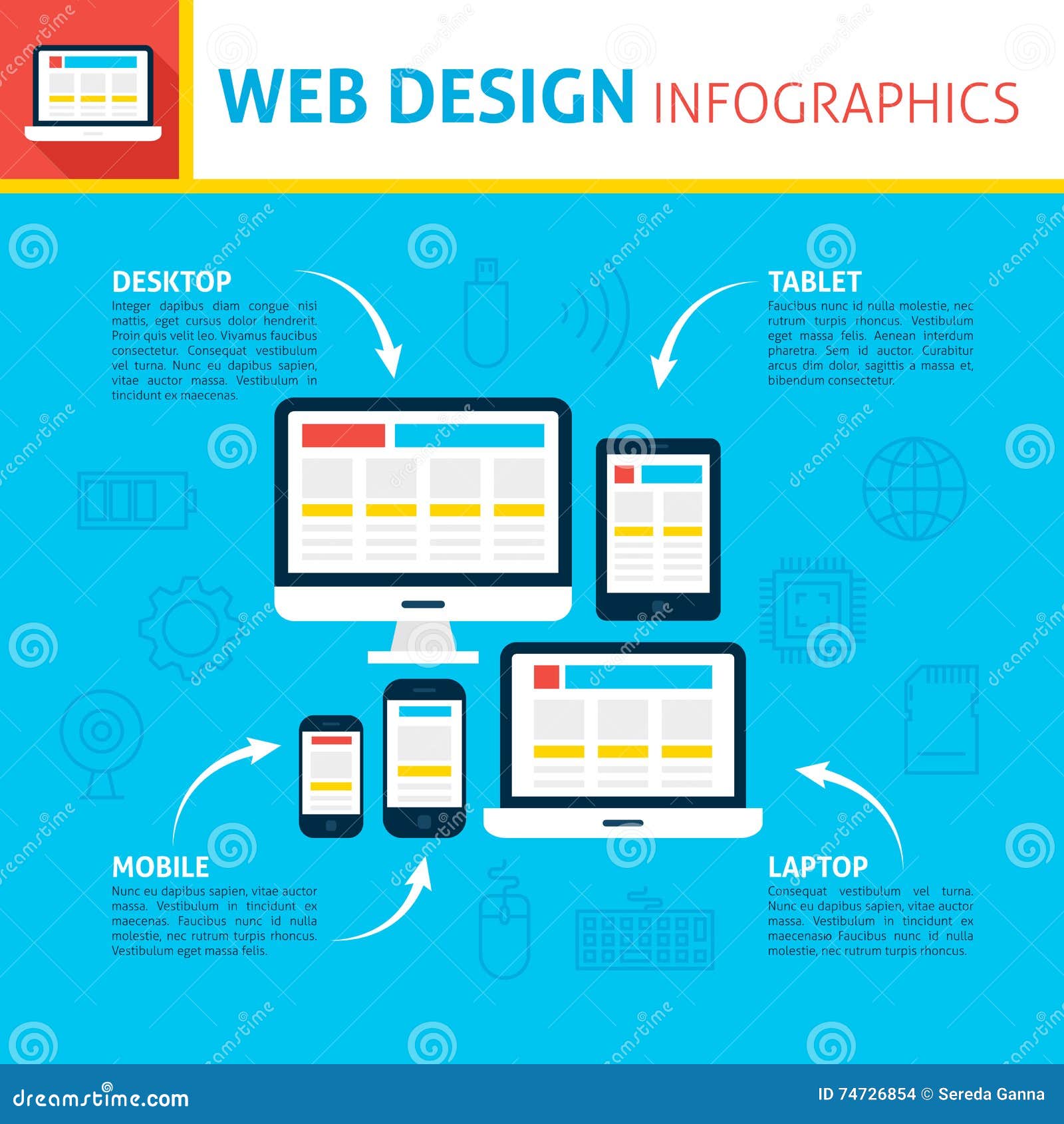Core Concepts Of Site Style: Suggestions For Crafting A User-Friendly Online Visibility
Core Concepts Of Site Style: Suggestions For Crafting A User-Friendly Online Visibility
Blog Article
Write-Up Writer-Wiley Secher
When it comes to web site design, making sure user-friendliness is essential. From receptive style to structured navigation, every element plays an essential role in producing a site that caters to your target market's requirements. But what about the better information that can make or damage a user's searching experience? Keep tuned as we discover some often-overlooked pointers that can boost your website's usability to the following level, making it truly attract attention in the digital landscape.
Relevance of Responsive Design
Receptive layout is a vital element of modern web site growth. Guaranteeing your internet site is responsive methods that it can adjust to different display dimensions and tools, giving a smooth experience for users.
With the raising use smartphones and tablet computers to access the net, having a receptive layout is important for reaching a bigger target market. It helps in improving customer experience by making your internet site very easy to browse and continue reading any device.
Additionally, responsive style can favorably affect your internet search engine rankings, as search engines like Google prioritize mobile-friendly websites. By having a receptive layout, you're also future-proofing your site, as brand-new tools with varying screen dimensions remain to arise.
Simplify Navigation Framework
To boost individual experience and assist in easy accessibility to info on your web site, improving the navigating structure is extremely important. When developing your site, focus on developing a clear and user-friendly navigation menu that helps site visitors find what they're seeking quickly.
LASIK Practice of menu things to the fundamentals, grouping related pages together to stay clear of frustrating customers. Use descriptive labels that plainly show the content of each web page, making it less complicated for individuals to understand where each web link will take them.
Consider applying dropdown food selections for subcategories to avoid cluttering the main navigating bar. Additionally, consist of please click the following webpage on the web page for customers that prefer searching for certain information.
Prioritize mobile responsiveness in your navigating design to make sure easy gain access to on all gadgets.
Maximize Page Tons Speed
Improving web page tons rate is crucial for maintaining visitors on your web site. Slow-loading pages discourage individuals and can cause high bounce rates. To enhance web page lots rate, start by optimizing pictures. Press images without endangering high quality to minimize their file sizes.
Furthermore, make https://videomarketingwebsitedesi54219.blogginaway.com/34131808/from-idea-to-implementation-perfecting-the-craft-of-site-advancement for web browser caching to store often accessed sources in your area, speeding up load times for returning site visitors. Minify CSS, JavaScript, and HTML data by getting rid of unnecessary characters, comments, and format, improving tons rate.
Take into consideration utilizing a web content delivery network (CDN) to distribute your website's content throughout multiple web servers worldwide, minimizing latency for customers accessing your website from different places. Last but not least, restrict making use of third-party scripts and plugins, as they can dramatically influence load times.
Final thought
Finally, by incorporating responsive layout, streamlining navigation, and maximizing page load rate, you can develop an easy to use site that attract a larger target market and boosts individual experience. These essential elements guarantee that site visitors can conveniently accessibility and navigate your site across different tools, causing boosted interaction and contentment. By concentrating on these vital elements, you can develop a successful web site that keeps customers returning for even more.
